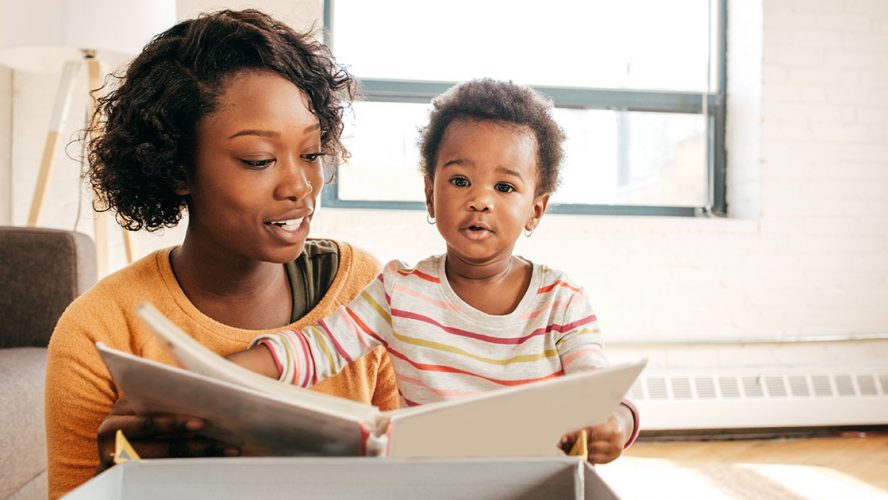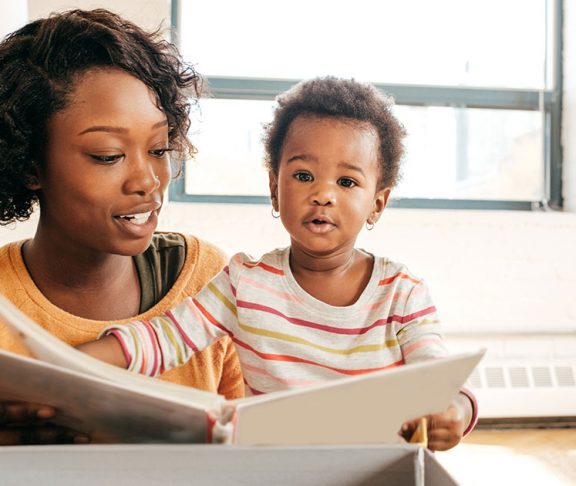Research shows that children can develop biases early on. With a more diverse library, a child can grow smarter and kinder.
If you’re a new parent, you already know that reading is crucial for encouraging learning and acclimating your child to the world. However, reading regularly is only part of the equation; the diversity of your child’s library is also important to consider.
“Diverse and inclusive books can help children and even babies understand that all people have similarities and differences — and that all people have worth,” said Stefanie Paige Wieder, who is a child development specialist with a master’s degree in education and the director of education and content for Barefoot Books, an independent, award-winning children’s book publisher specializing in diverse and inclusive books.
“Research shows that, unfortunately, children naturally develop bias,” Wieder added. She pointed out that two recent studies suggested that as young as six months old, infants show racial bias in favor of people who are their own race and against people of different races.
“Diverse and inclusive books can help prevent bias by getting children used to seeing a wide variety of people,” Wieder explained. “They also give children who have typically been underrepresented in books and media the chance to see themselves reflected in the books they read.”
Books can save the world
Promoting self-esteem in your child at a young age is essential, and here, books can play a positive or negative role, depending on whether your child identifies with the characters on the pages. “When children see themselves or people like them in books, it increases their feelings of positive self-worth. And the opposite is true, too. When children rarely or never see themselves reflected in books, they receive the message that they are outside of what is acknowledged and accepted as ‘normal,’” Wieder said.
Increasing the diversity of your child’s library can increase their capacity for empathy. “Books can also serve as very important windows into the lives of others,” Wieder explained. “When books give young readers a glimpse into lives they might not otherwise encounter, it helps them understand the experiences of others.”
To promote diversity in reading, Wieder suggested avoiding books that feature stereotypes. On the flip side, she recommended choosing those that include characters among a variety of “races, cultures, lifestyles, and abilities doing relatable, everyday things,” especially those that involve cultures or customs that are unfamiliar to them.
The result: a smarter, more worldly — and kinder — child. And what parent doesn’t want that?

